Thereafter, tying gifts with red and white cord became a fad, spreading mostly among court nobles.
Mizuhiki is made from long thin strips of washi paper tightly twisted into thin “koyori” strings.
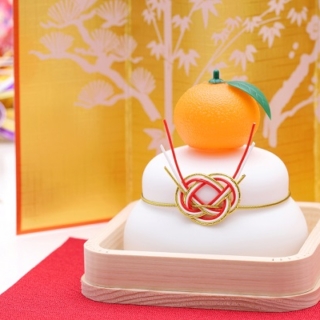
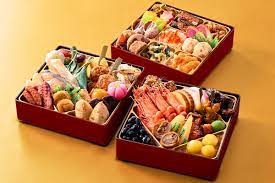
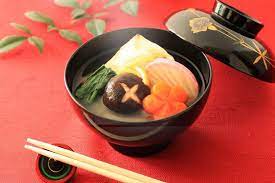
Furoshiki is a traditional Japanese square cloth, for wrapping items, such as gifts and presents, or transporting them. It’s also usable as it is, as the tablecloth, sofa decoration, etc., or can be folded and tied to create fashionable eco-bags. Versatile, convenient, and reusable, this Japanese ancient tradition perfectly matches nowadays needs for a more ecologic and waste-free way of creating bags and wrappings.
In this video, you will find simple instructions on how to tie a Furoshiki to create a bag or a wine bottle case.
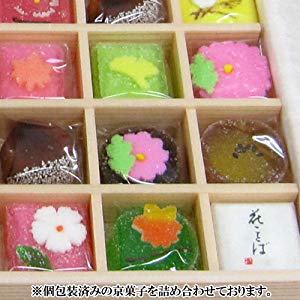
Would you like to use Furoshiki?
Furoshiki is a traditional Japanese square cloth, for wrapping items, such as gifts and presents, or transporting them. It’s also usable as it is, as tablecloth, sofa decoration etc., or can be folded and tied to create fashionable eco-bags. Versatile, convenient and reusable, this Japanese ancient tradition perfectly matches nowadays needs for a more ecologic and waste-free way of creating bags and wrappings.
In this video, you will find simple instructions on how to tie a Furoshiki to create a bag or a wine bottle case.
Furoshiki pattern : 14-052101
Furoshiki size 108 cm × 108 cm
Cotton 100% Made in Japan
This can be washed in the washing machine.
This texture is similar to a cotton T-shirt.
Furoshiki pattern : 14-052110
Furoshiki size 108 cm × 108 cm
Cotton 100% Made in Japan
This can be washed in the washing machine.
This texture is similar to a cotton T-shirt.
Furoshiki pattern : 31-053052
Furoshiki size :118 cm × 118 cm
Cotton 100% Made in Japan
This can be washed in the washing machine.
This texture is similar to a cotton T-shirt.
Furoshiki pattern : 27-020082
Furoshiki size : 118 cm × 118 cm
Cotton 100% Made in Japan
This can be washed in the washing machine.
This texture is similar to a cotton T-shirt.
 Japanese gift – A gift from Japan
Japanese gift – A gift from Japan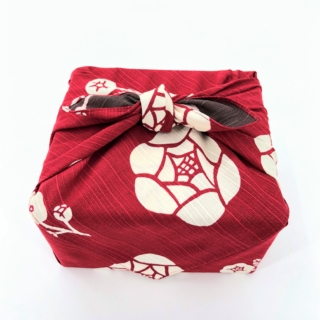
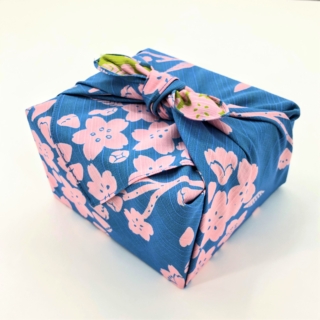
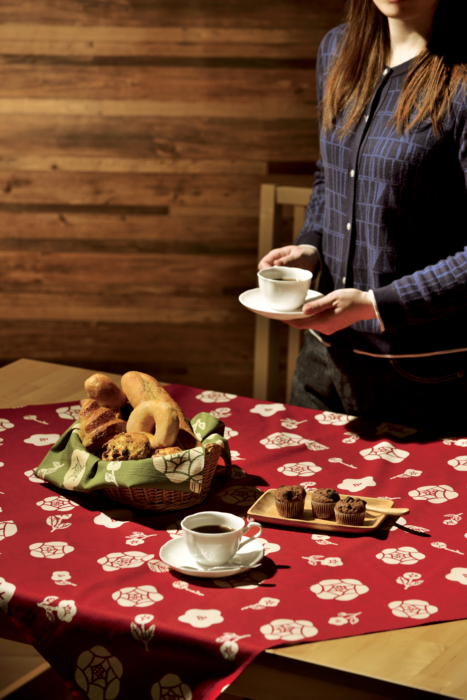
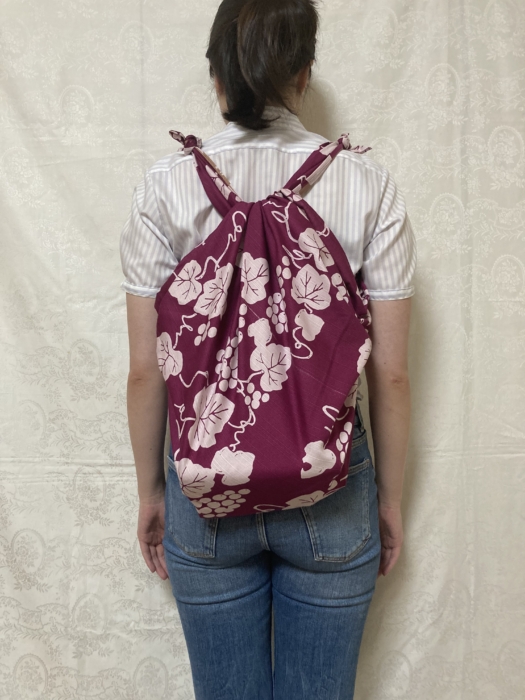
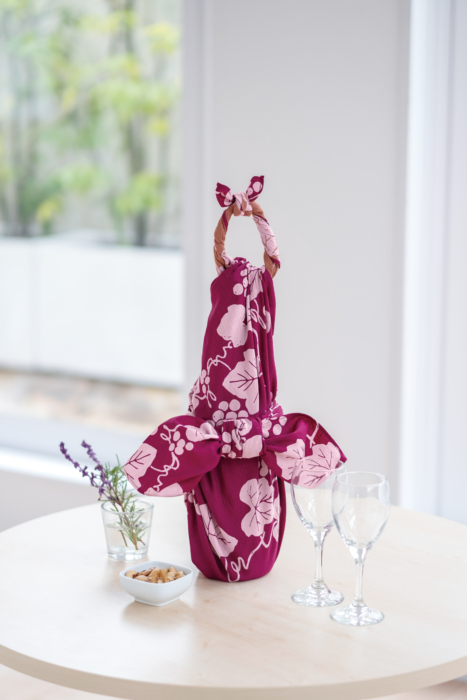

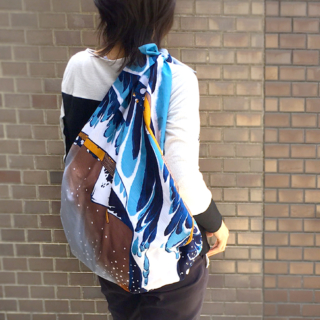
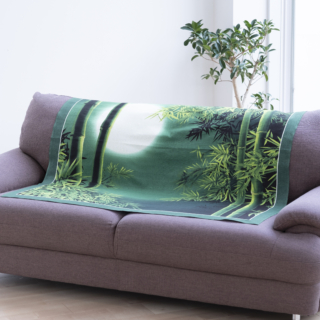
 Shipping is free for purchases over ¥30,000 ( JPY )
Shipping is free for purchases over ¥30,000 ( JPY )